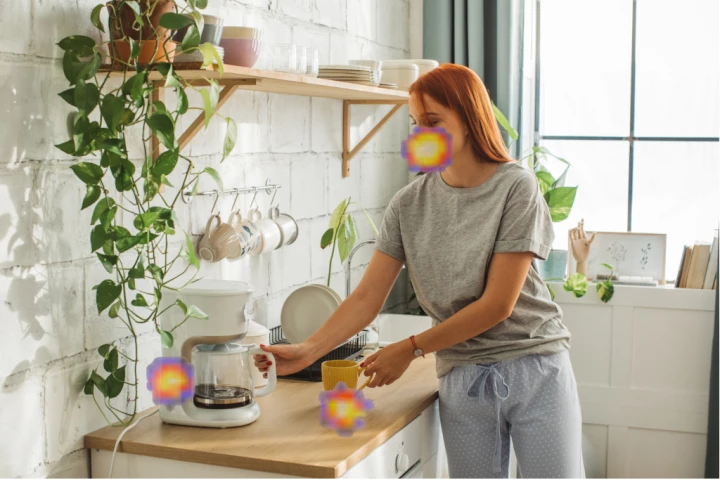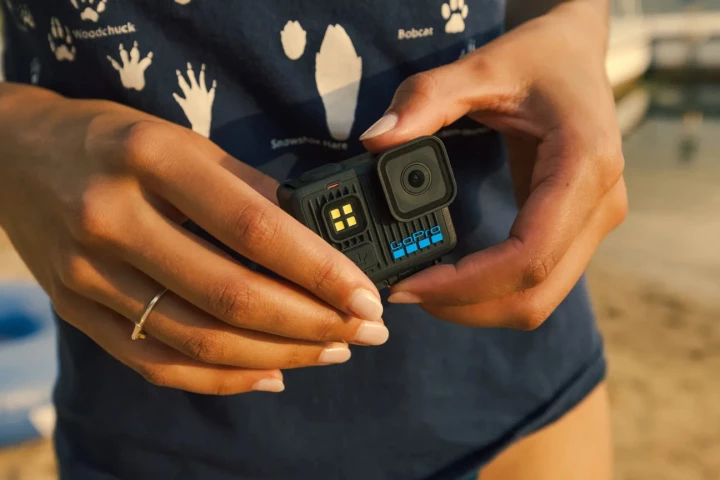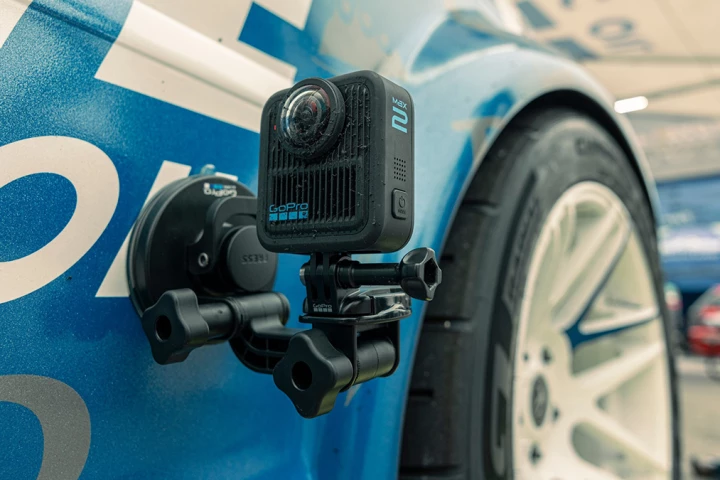Photography
News, reviews of the latest cameras, and image galleries featuring the work of the world's best photographers.
Top News
-
Kodak's latest camera is an adorable little package of whimsy that can also make for a thoughtful gift. The Charmera is truly small enough to serve as a keychain, can shoot digital photos and video, and is mighty affordable at just $30 a pop.
-
Every year, the Natural History Museum in London dazzles wildlife lovers with the best-of-the-best photographs of the natural world. This year is no exception, and we've got a riveting preview for you ahead of October's award ceremony.
-
We're getting down to the business end of one of the best annual photography competitions, the 2025 Nikon Comedy Wildlife Awards. After a massive 10,000 entries this year, the finalists have been unveiled – and we've picked out our funny favorites.
Load More
Latest News
-
January 08, 2026 | Abhimanyu GhoshalFujifilm's newest offering is a fun departure from its longstanding Instax camera lineup. The Mini Evo Cinema captures 15-second videos, and prints out a still from the footage along with a QR code that lets you watch the clip online.
-
December 29, 2025 | Abhimanyu GhoshalI love phone accessories that make your device feel more like a camera, so you can shoot more naturally. Xiaomi's run with that concept on the 17 Ultra Leica Edition, whose camera bump doubles as a ring you can twist to adjust the optical zoom.
-
December 03, 2025 | Abhimanyu GhoshalFour years after the A7 IV came out, Sony's given its mid-range flagship a glowup – making it a more versatile option that'll better serve your photo and video shooting needs around the US$3,000 mark.
-
November 19, 2025 | Abhimanyu GhoshalNo, it's not AI. What you're looking at above is a skydiver framed by the roiling chromosphere of the Sun. That's the result of weeks of meticulous planning, a whole lot of astrophotography know-how, plenty of math, and patience.
-
November 17, 2025 | Shirl LeighWith the SoundCam Go acoustic camera, you can be that person in your neigborhood social media group who can answer those “Where's that noise coming from?” questions whenever an unexplained sound is reported. And the device connects to your phone.
-
November 07, 2025 | Shirl LeighIf you always wanted a DSLR but were intimidated by the plethora of cameras, lenses and accessories to choose from, then the Caira – an iPhone mirrorless camera attachment – could be your portal to bypassing all that decision-making.
-
October 10, 2025 | Ben CoxworthGoPro makes some pretty fancy cameras aimed at pro-level users, and the new Lit Hero … well, it ain't one of them. It does deliver the basic goods, however, and it is the first-ever Hero to feature its own onboard fill light.
-
October 06, 2025 | Ben CoxworthAlthough GoPro's Hero actioncams have featured digital image stabilization for quite some time, the company hasn't recently offered gimbals … but now it's doing so again. The Fluid Pro AI 3-axis gimbal not only tracks subjects, it also packs a light.
-
September 30, 2025 | Bronwyn ThompsonThis year’s Bird Photographer of the Year competition attracted more than 33,000 entries from across the globe, which ultimately delivered a 2025 winners’ list that captures the beauty, drama and diversity of winged wildlife at its best.
-
September 28, 2025 | Abhimanyu GhoshalI do not envy the judges of the Natural Landscape Photography Awards. In 2025, it's attracted some outrageously talented lenspeople, and I'm having a hard time even narrowing down which of the six shortlisted photographers of the year I like best.
-
September 26, 2025 | Abhimanyu GhoshalThe winners of this year's Sony Alpha Awards from Australia and New Zealand are truly captivating: from evocative frames of the natural world to dramatic and intimate human stories.
-
September 24, 2025 | Abhimanyu GhoshalIt's been six years since GoPro refreshed its 360-degree action cam, and the new model brings plenty of new features and thoughtfully updated hardware. The Max2 promises 21% more resolution than than competing models, and easily replaceable lenses.
-
September 23, 2025 | Ben CoxworthDJI continues its foray into the world of actioncams in a big way – or actually, in a small way – with its tiniest camera yet, the Osmo Nano. The tyke can be magnetically mounted on hats or other clothing, and is waterproof down to 10 m (33 ft).
-
September 17, 2025 | Bronwyn ThompsonThe National Audubon Society has announced the winners of the 2025 Audubon Photography Awards. This year, budding photographers from Chile and Colombia have joined the competition, which also features a new category celebrating border-crossing birds.
-
September 16, 2025 | Abhimanyu GhoshalIn previous years, the winning entries of the annual Minimalist Photography Awards have stunned us with their embrace of surrealism and striking simplicity. In 2025, it's all about telling layered, expressive tales of the human condition.
Load More

















